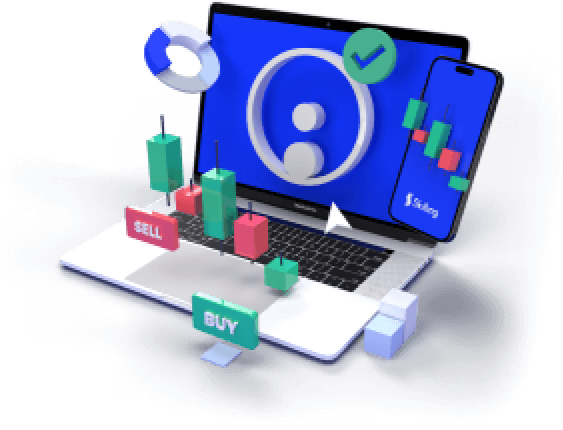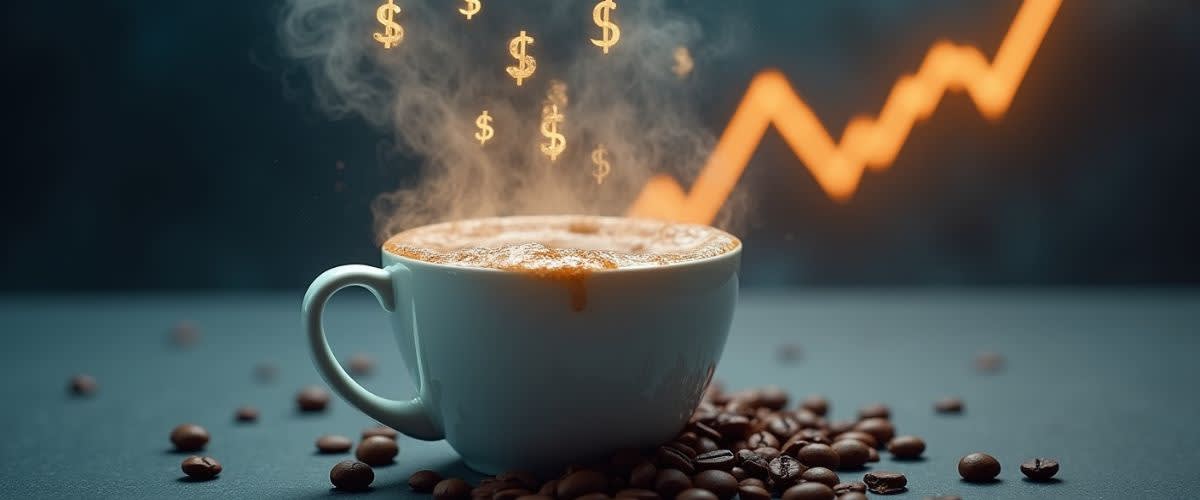Coffee prices have surged dramatically in 2025, nearly doubling from the prior year amid extreme weather in Brazil and Vietnam, weak harvests, tight supply, and strong emerging market demand.
The global price of green coffee beans recently hit its highest level in nearly 50 years and is expected to rise further. In Norway, the retail cost of coffee has jumped over 18% year-over-year, broadly reflecting international price trends, according to Dagens.

Why Prices Are Spiking
- Extreme Weather : Brazil endured its worst drought in decades, while Vietnam suffered chaotic rainfall, shrinking both arabica and robusta yields, according to Commodity Board.
- Supply Crunch : Inventories have fallen to multi‑year lows; export volumes declined despite rising prices, especially from Vietnam and Brazil, according to Commodity Board.
- Strong Demand : Global consumption continues rising, particularly in emerging markets, outpacing supply cycles, according to nextporter.com.
- Speculation Pressure : Hedge funds and speculators drove up futures, with Lavazza citing up to 80% of recent price swings as shadowy momentum trading, according to Financial Times.
- Tariffs & Regulation: U.S. tariffs on Brazilian and Vietnamese imports, plus EU deforestation rules, are pressuring prices further.
Even roasters like JDE Peet’s have raised profit forecasts, benefiting from pre-buys ahead of expected rate hikes despite bean cost increases of ~60% in H1 2025.
Trading Coffee using CFDs
For traders, coffee presents unique volatility-driven opportunities. Coffee CFDs (Contracts for Difference) let you trade Arabica or Robusta without owning beans, using leverage to amplify moves.
Why CFDs matter:
- High Liquidity & Volatility: Seasonal harvests, demand shifts, and weather-driven supply gaps lead to sharp price swings—ideal for tactical trading.
- Flexibility: CFDs allow both long and short positions—you can profit or lose if prices fall or rise.
- Technical Tools: Traders often use indicators like RSI, MACD, and Bollinger Bands to time entries and manage risk.
Key strategies:
- Trend trading: Follow weather or supply news to ride rallies.
- Seasonal trades: Harvest cycles often create recurring price peaks in early spring and late summer.
- Hedging: Coffee-dependent businesses might hedge upside risk with CFD positions.
Strong risk management is essential: high leverage means losses can be magnified quickly.
What Traders Should Monitor
- Weather reports across Brazil and Vietnam
- Changes in export volumes and stock levels from ICO reports
- News on new U.S. tariffs or regulatory shifts affecting imports
- Speculator positioning data and futures fund flows
- Quarterly earnings from global roasters such as JDE Peet’s
Why miss out on the commodities market's potential?
Discover the untapped opportunities in top traded commodities CFDs like gold, silver & oil.
71% of retail CFD accounts lose money.

Summary for Traders
- Coffee prices have more than nearly doubled in 2025 driven by climate, supply shocks, and speculation
- Tight supply and rising demand suggest volatility may persist
- Coffee CFDs offer access to this market with both long and short possibilities
- Traders must monitor fundamentals, seasonal cycles, and regulatory developments closely











